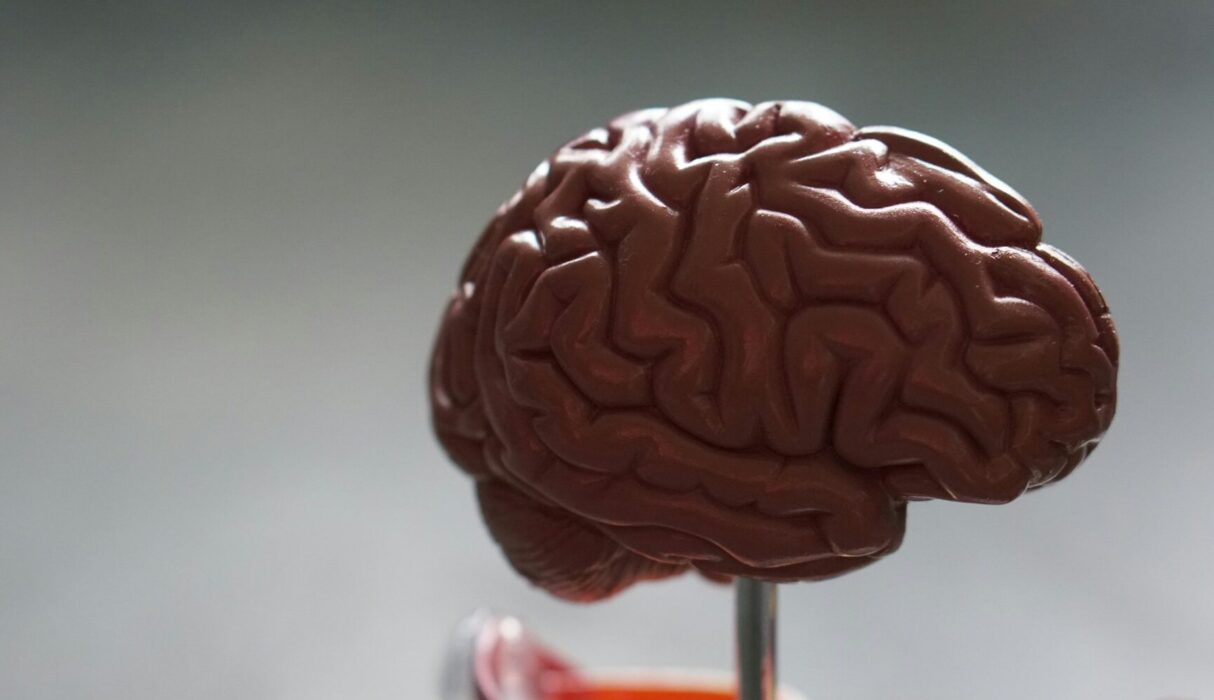Fourteen risk factors that come into play as early as childhood could impact your risk of developing dementia, according to a new report. Authors say that addressing all of these risks could prevent or delay 45% of dementia cases worldwide.
The latest Lancet Commission on dementia prevention adds vision loss and high cholesterol to the list of 12 previously identified modifiable risk factors for dementia, which also include lower education levels, smoking, traumatic brain injury, and hearing loss. The Commission outlines 13 recommendations for governments and individual people to reduce the risk, and says governments must reduce risk inequalities by making healthy lifestyles as achievable as possible for everyone.
The Science Media Centre asked third-party experts to comment.
Dr Etu Ma’u, Senior Lecturer, Department of Psychological Medicine, University of Auckland; and Consultant Psychiatrist, Mental Health Services for Older People, Te Whatu Ora Waikato, comments:
“Our NZ population is ageing, and with age the single greatest risk factor for dementia, the number of people with dementia in NZ is projected to more than double by 2050. While recent advances in disease modifying treatments for dementia have been promising, the small benefits are outweighed by their expense and risk of serious side effects. In the absence of a cure, risk reduction must be prioritised.
“Evidence for potential targets for dementia prevention has continued to build, with the 2024 Lancet Commission now identifying 14 potentially modifiable risk factors that, if completely eliminated, could prevent 45% of all dementias. These risk factors broadly fall into two groups: factors that result in damage to the brain (diabetes, cholesterol, hypertension, smoking, obesity, air pollution, head injury, physical activity, alcohol, depression), and factors that increase cognitive reserve (education, hearing, vision, social contact). NZ research indicates the dementia prevention potential is likely higher in NZ, and even higher again in Māori and Pacific peoples, due to the higher prevalence of these risk factors compared to the worldwide prevalence estimates used by the Lancet Commission.
“While many risk factors are conceptualised as something an individual can change, the realities are more complex. Most risk factors are present across the life course so broader population level approaches are required to appropriately address them. Many also cluster around social disadvantage and require public health approaches targeting the social determinants of health.
“While the hunt continues for a cure, the Lancet Commission report outlines what we can do to reduce our risk and reminds us that dementia is not an inevitable part of ageing.”
No conflict of interest.
Dr Helen Murray, Research Fellow, Principal Investigator of the Brain Injury & Dementia Research Lab, University of Auckland, comments:
Note: Dr Murray is responding to aspects of the review discussing traumatic brain injury as a risk factor for dementia and recommendations to use head protection in contact sports.
“The updated Lancet review on modifiable risk factors for dementia concludes that recent evidence continues to support that traumatic brain injury and repeated mild traumatic brain injuries increase dementia risk. This is important for New Zealand due to the popularity of rugby and other contact sports. The findings of this study emphasise the importance of developing strategies to reduce our cumulative lifetime exposure to head impacts – by reducing contact training, season length, and impact forces and being cautious in our approach to head injury management and return to play. This study also highlights the need to develop neuroimaging (MRI) and blood biomarkers to improve the identification of neurodegeneration in groups with exposure to repeated head injury.
“Importantly, the Lancet review highlights that ‘the risk of neurodegenerative disease should not obscure the message that sport is generally good for health’. That is, the reviewed evidence indicates that the risk of all-cause mortality is lower in sports player cohorts, highlighting the positive effects of sports participation for general health.
“Here at the University of Auckland Centre for Brain Research we have developed the sports brain bank initiative as part of the Neurological Foundation Human Brain Bank. We are studying the donated brain tissue of deceased former athletes with and without cognitive symptoms to identify novel biomarkers for neurodegeneration in people with head injury exposure.”
Conflict of interest statement: New Zealand representative in ice hockey. Currently researching the neuropathology of Chronic Traumatic Encephalopathy with funding from the Health Research Council of NZ and the Neurological Foundation of NZ.
